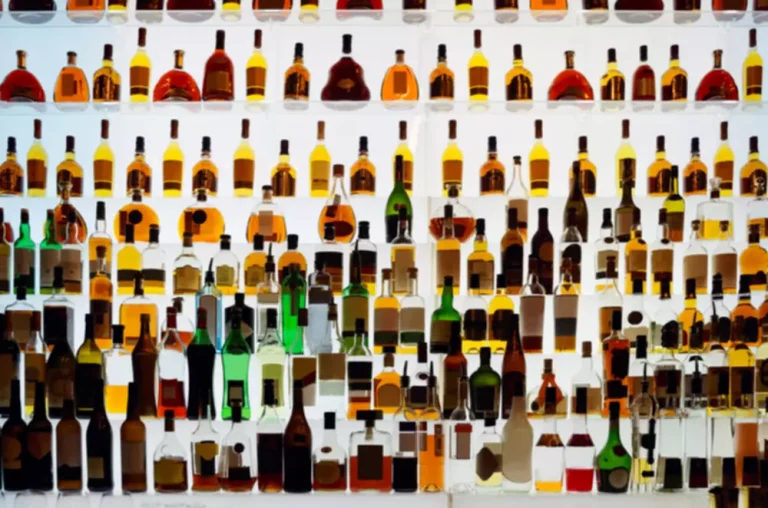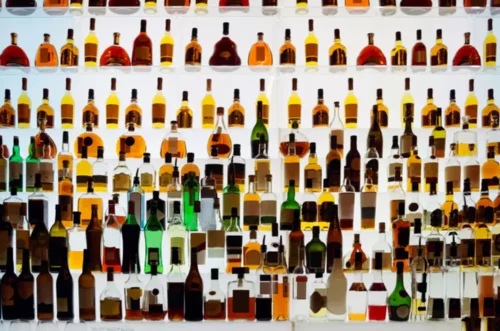The process requires commitment and ongoing adaptation, but with the right strategies, individuals can confidently progress on their journey towards lasting sobriety. Access to resources and the involvement of a supportive network can amplify these efforts, turning a well-crafted relapse prevention plan into a powerful ally in the recovery process. To write an effective relapse prevention plan, start by identifying your personal recovery goals to guide your actions.
Independent predictors of 3-year remission and relapse after remission
Relapse rates for individuals https://ecosoberhouse.com/ recovering from addiction can vary significantly based on whether they receive professional treatment or not. In this article, we’ll discuss addiction and relapse, specifically relapse rates for various addictions to help you understand specific challenges and plan accordingly. This can help set realistic goals, prepare for challenges, reduce shame, tailor treatment, and get long-term support. Our state-specific resource guides offer a comprehensive overview of drug and alcohol addiction treatment options available in your area.
Relapse Rates: The Current Numbers
The 43% remission rate among individuals who did not obtain help quickly is consistent with the rates obtained in prior studies of individuals who were aware of their alcohol problem and sought but did not obtain treatment 3,4. Addiction is a chronic and relapsing disorder that affects millions of individuals in the United States. Despite advancements in treatment and recovery support, relapse rates for various substance use disorders remain high. Whether your relapse means that you need alcohol relapse statistics to attend treatment again depends on several factors. These include how long the relapse lasted and how much you were drinking during the relapse.
The Connection Between Sleep and Sobriety
Discover the best luxury rehab centers in Kansas, offering top-notch amenities and personalized recovery care. Explore the history of addiction, from ancient substance use to modern understanding and treatment. Discover five herbs to aid in the recovery process and support your healing journey with herbal wisdom. Explore effective cures for heroin addiction, from therapies to support systems for lasting recovery. Discover the difference between slip and relapse to better navigate the journey of addiction recovery.
Alcohol Use Disorder
Cytisine presents a promising alternative to traditional nicotine replacement therapy (NRT) for smoking cessation and preventing relapse. It is more efficacious, has a similar side effect profile, and is significantly less expensive when compared to a combination of NRT and other cessation aids. It will have major implications as a cost-effective cessation aid with global implications.
Explore the reality of disorders caused by alcohol, their impact, and the path to recovery. Discover how to help your son with drug dependence through support, prevention, and effective therapies. Discover how to overcome burnout after you’ve burnt out, from recognizing symptoms to strategies for recovery. Explore inpatient rehab Kansas options for effective recovery and supportive environments tailored to your needs. Dive into startling addiction to cell phone statistics & facts, impacts, and strategies to cut back. Explore how Medicaid covers addiction treatment in Kansas, from outpatient services to inpatient rehab.
Addiction Statistics: Accurate Data on Substance Abuse in the US
- It is more efficacious, has a similar side effect profile, and is significantly less expensive when compared to a combination of NRT and other cessation aids.
- Additionally, coping strategies, such as self-care and personalized treatment plans, may be beneficial in managing social triggers and reducing the risk of relapse.
- Yes, medication-assisted treatment (MAT) can increase the likelihood of successful recovery by up to 50%.
- Participants will complete questionnaires concerning alcohol and other drug use; and nicotine craving and withdrawal.
Additionally, coping strategies, such as self-care and heroin addiction personalized treatment plans, may be beneficial in managing social triggers and reducing the risk of relapse. It’s important to recognize that each individual’s experience with addiction is unique, and the factors that contribute to relapse may vary from person to person. By identifying and addressing these factors, individuals can work towards developing effective coping strategies and support systems to minimize the risk of relapse and maintain long-term sobriety. Alcohol use disorder (AUD) is a prevalent issue, with approximately one-third of individuals who receive treatment for AUD not displaying any symptoms after one year. Even though this statistic seems positive, it’s crucial to acknowledge that AUD relapse rates remain significant, underlining the need for long-term recovery strategies and support for those with substance use disorders. Maintaining long-term sobriety can be achieved by implementing relapse prevention techniques like coping strategies, support systems, and personalized treatment plans.






